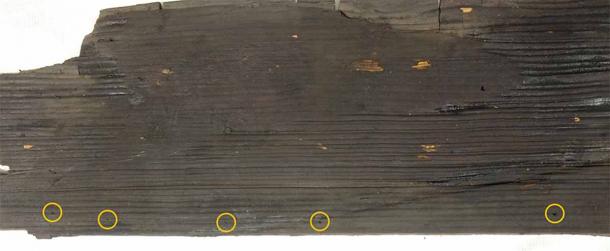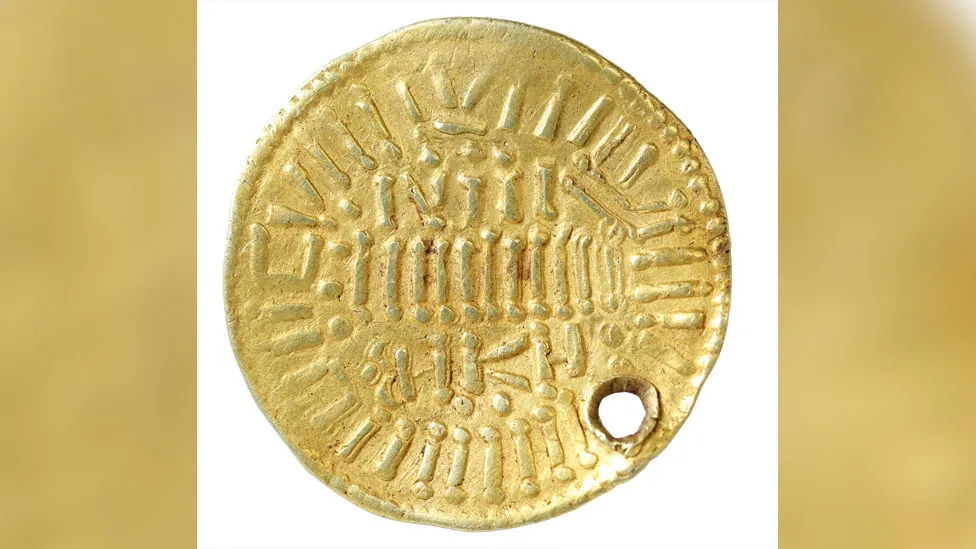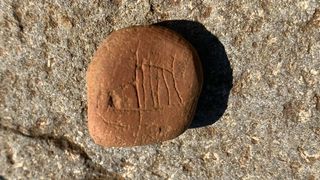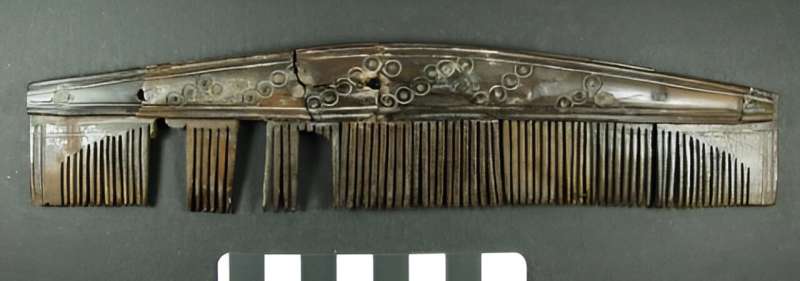ramonmercado
CyberPunk
- Joined
- Aug 19, 2003
- Messages
- 58,830
- Location
- Eblana
We have to establish the tooth about this.
A Viking king whose nickname was used for Bluetooth wireless technology could actually be buried in Poland rather than Denmark, researchers have claimed.
According to a chronicle from the Middle Ages, King Harald "Bluetooth" Gormsson of Denmark, who died 1,000 years ago, was buried in Roskilde in Denmark in the late 10th century.
But a Swedish archaeologist and a Polish researcher have recently claimed in separate publications they have pinpointed his most probable burial site as the village of Wiejkowo, in an area of north-western Poland that had ties to the Vikings in Bluetooth's time.
Marek Kryda, author of the book Viking Poland, told The Associated Press a "pagan mound" he claims to have located beneath Wiejkowo's 19th-century Roman Catholic church probably holds the king's remains.
He said geological satellite images available on a Polish government portal reveal a rotund shape under the Church of The Immaculate Conception of the Blessed Virgin Mary that looks like a Viking burial mound.
But Swedish archaeologist Sven Rosborn says Mr Kryda is wrong because Bluetooth, who converted from paganism to Christianity and founded churches in the area, must have been buried in an appropriate grave somewhere in the churchyard.
https://news.sky.com/story/danish-k...e-buried-in-poland-researchers-claim-12662697
A Viking king whose nickname was used for Bluetooth wireless technology could actually be buried in Poland rather than Denmark, researchers have claimed.
According to a chronicle from the Middle Ages, King Harald "Bluetooth" Gormsson of Denmark, who died 1,000 years ago, was buried in Roskilde in Denmark in the late 10th century.
But a Swedish archaeologist and a Polish researcher have recently claimed in separate publications they have pinpointed his most probable burial site as the village of Wiejkowo, in an area of north-western Poland that had ties to the Vikings in Bluetooth's time.
Marek Kryda, author of the book Viking Poland, told The Associated Press a "pagan mound" he claims to have located beneath Wiejkowo's 19th-century Roman Catholic church probably holds the king's remains.
He said geological satellite images available on a Polish government portal reveal a rotund shape under the Church of The Immaculate Conception of the Blessed Virgin Mary that looks like a Viking burial mound.
But Swedish archaeologist Sven Rosborn says Mr Kryda is wrong because Bluetooth, who converted from paganism to Christianity and founded churches in the area, must have been buried in an appropriate grave somewhere in the churchyard.
https://news.sky.com/story/danish-k...e-buried-in-poland-researchers-claim-12662697










